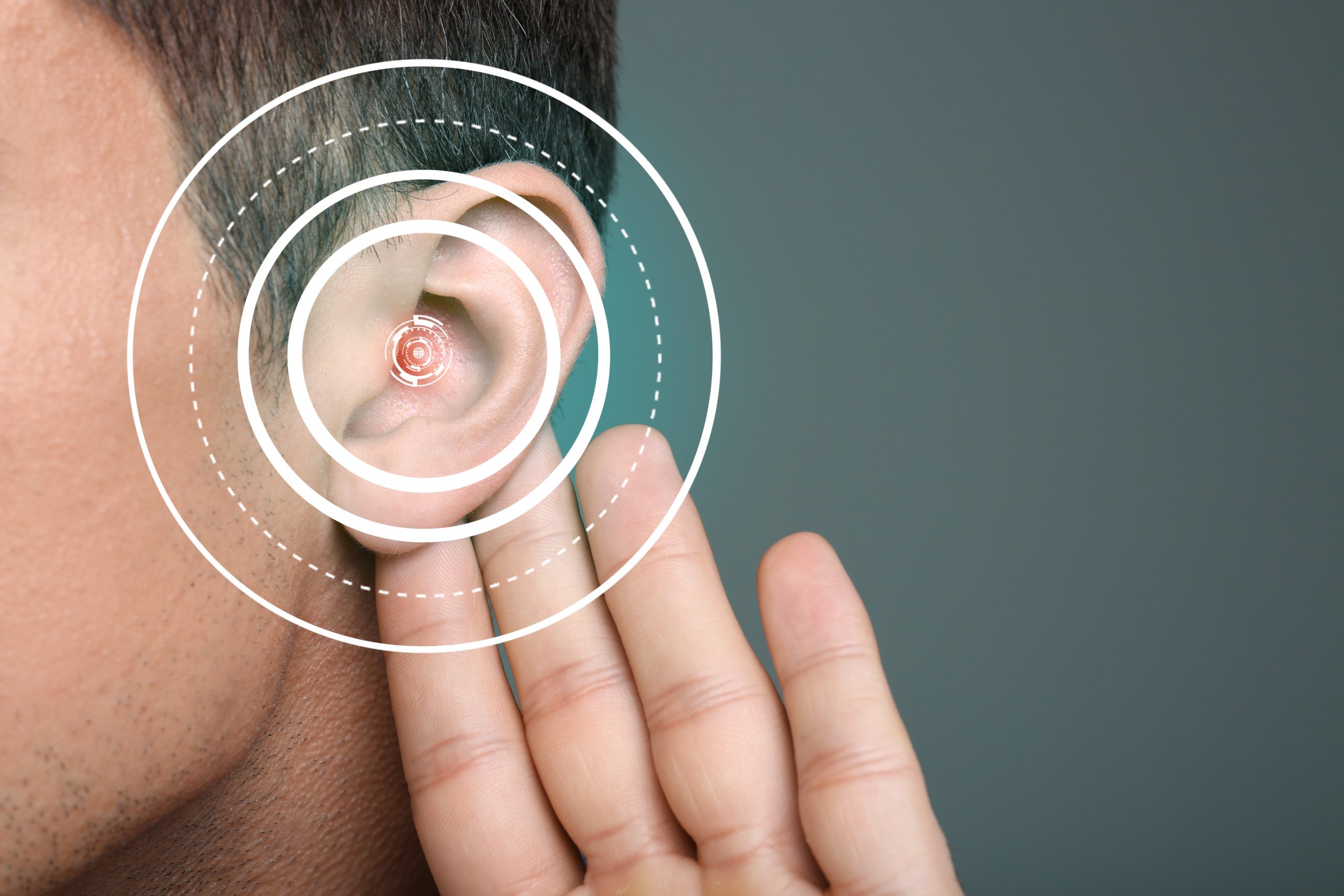For individuals with hearing impairments, communication can sometimes be challenging. However, sign language has emerged as an invaluable tool for bridging the gap and fostering effective communication. Sign language is a visual-gestural language that utilizes hand movements, facial expressions, and body language to convey meaning. In this article, we will explore the numerous benefits of sign language for hearing-impaired individuals, highlighting how it enhances communication, promotes social inclusion, and improves overall well-being.
- Effective Communication:
Sign language provides a direct and effective means of communication for individuals with hearing impairments. Unlike spoken languages, which rely heavily on sound, sign language uses visual cues and gestures, allowing for clear and precise communication. By utilizing hand signs, facial expressions, and body movements, hearing-impaired individuals can express themselves, share their thoughts, and engage in conversations more effortlessly.
- Enhanced Language Development:
Learning sign language from an early age can greatly contribute to language development in hearing-impaired individuals. Research has shown that sign language provides a strong foundation for cognitive and linguistic skills, leading to better vocabulary acquisition, grammar comprehension, and overall language proficiency. Sign language offers a visual representation of words and concepts, which aids in the understanding and expression of complex ideas.
- Improved Social Inclusion:
Sign language serves as a bridge between hearing-impaired individuals and the broader community, promoting social inclusion and fostering meaningful connections. By learning and using sign language, hearing individuals can communicate directly with those who have hearing impairments, breaking down communication barriers and promoting inclusivity. Sign language enables hearing-impaired individuals to actively participate in social activities, educational settings, and professional environments.
- Increased Educational Opportunities:
Sign language plays a pivotal role in education for hearing-impaired individuals. It allows them to access educational resources, engage in classroom discussions, and fully participate in the learning process. With the support of sign language interpreters or teachers proficient in sign language, hearing-impaired students can receive instruction effectively, ask questions, and interact with their peers, creating a more inclusive and accessible learning environment.
- Career Advancement:
Proficiency in sign language opens up a range of career opportunities for hearing-impaired individuals. Many industries and professions value employees who can communicate effectively with individuals of diverse backgrounds, including those with hearing impairments. Knowledge of sign language can be a valuable asset, enabling hearing-impaired individuals to pursue careers in education, social services, interpretation, and other fields where communication and connection are essential.
- Increased Independence:
Sign language empowers hearing-impaired individuals to advocate for themselves and navigate the world with greater independence. By being able to communicate directly and effectively, they can express their needs, make informed decisions, and actively engage in daily activities. Sign language reduces reliance on intermediaries, enabling hearing-impaired individuals to assert their independence and exercise control over their lives.
- Cultural Identity and Community:
Sign language is not merely a mode of communication; it is also a cultural phenomenon. Deaf culture, which embraces sign language as a core element, provides a sense of identity and belonging for hearing-impaired individuals. Through sign language, they can connect with a vibrant community, share experiences, and celebrate their unique cultural heritage. Sign language serves as a powerful tool for fostering a strong sense of belonging and pride among hearing-impaired individuals.
In conclusion, sign language offers numerous benefits for hearing-impaired individuals, enhancing communication, promoting social inclusion, and improving overall well-being. It facilitates effective communication, enhances language development, and opens up opportunities for education and career advancement. Sign language also fosters independence, supports cultural identity, and facilitates meaningful connections within the hearing-impaired community and with the wider world. By recognizing the value of sign language, we can create a more





